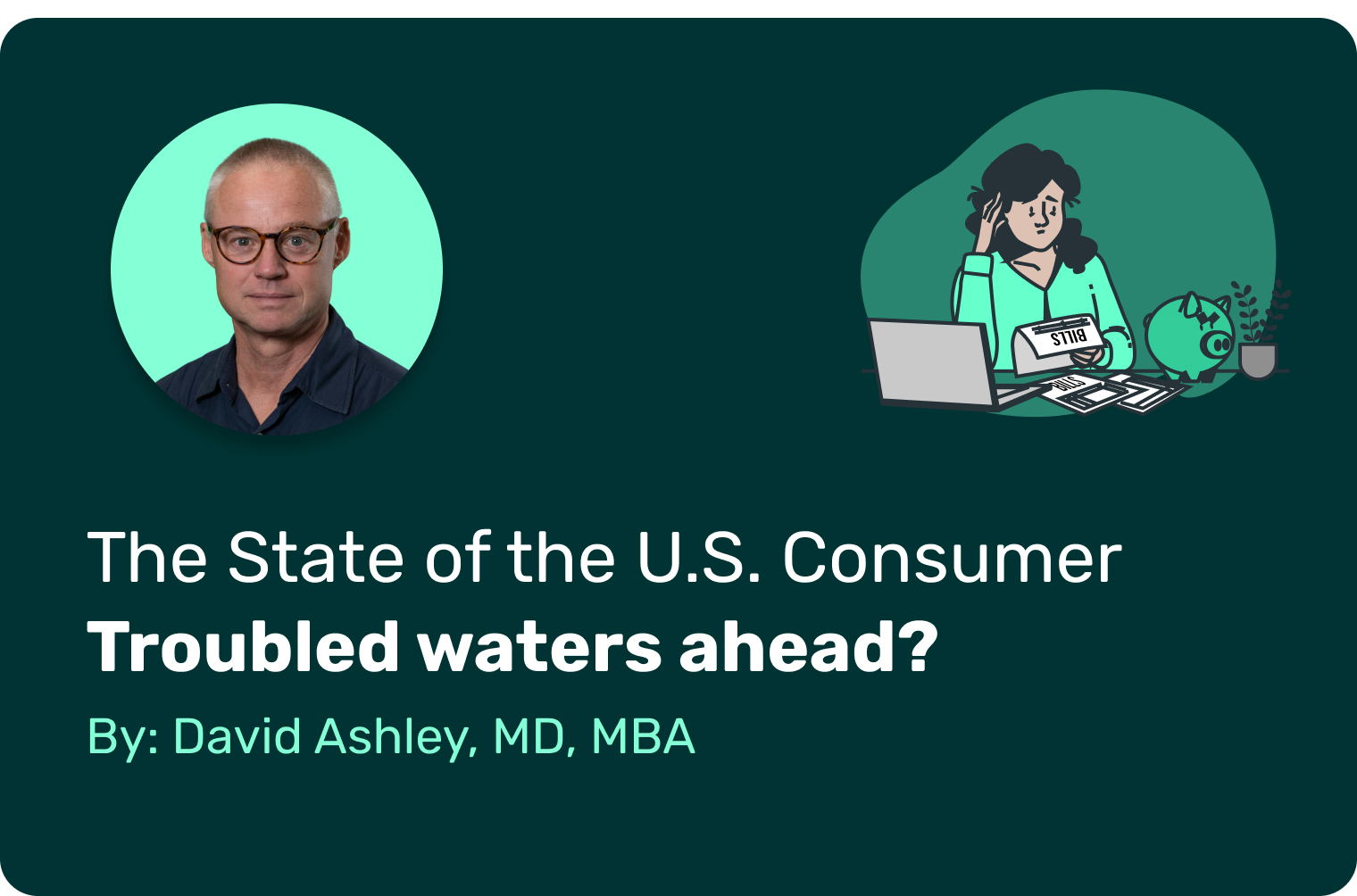The U.S. consumer has been remarkably resilient since the economy reopened after the height of the COVID-19 pandemic. People returned to restaurants, resumed travel, and spent money they had saved during lockdowns, a phenomenon dubbed “revenge spending”. This trend continues, with people spending freely at restaurants and maintaining strong retail spending, even amidst inflation. However, there is emerging data suggesting a potential pullback in consumer spending.
The second quarter of financial reporting from Wall Street has yielded mixed results. Higher-end retailers like Macy’s and Nordstrom reported disappointing results. More worryingly, their future expectations were negative, suggesting challenges ahead. Delinquencies have increased on these store credit cards, and profits declined in July. Yet, TJ Maxx and Walmart posted decent earnings, hinting that consumers might be budgeting by shifting to lower-priced stores.
Last month, a troubling statistic emerged: U.S. credit card debt hit over one trillion dollars, an all-time high. This indicates people are increasingly using credit to cover essentials as prices rise. This trend underscores the need for financial literacy, highlighting the importance of budgeting and understanding the implications of debt.
Rents, car prices, and food costs have risen. When households spend more on essentials, less remains for discretionary spending, like travel or dining out. This shift is evident in the performance of Macy’s and Nordstrom. Furthermore, several restaurant chains, including Outback Steakhouse and Applebee’s, announced plans to close outlets in 2023, signaling a spending slowdown.
Adding to consumer concerns, forty-four million student loan borrowers will need to resume payments in October. This obligation will surely strain household budgets, emphasizing the need for effective budgeting skills and financial literacy to navigate these challenges. Another notable trend is the increase in “Retail Shrinkage” or theft. Retailers are witnessing a surge in stolen goods. While several factors might be influencing this, one can’t ignore potential financial desperation among some consumers.
Recent data from the Bureau of Labor Statistics is also concerning. U.S. Job Openings were much lower than consensus expectations. If this downward trend continues, it could result in rising unemployment. An increase in unemployment usually leads to reduced consumer spending, as more people begin budgeting more strictly, focusing on saving for potential hard times.
While there are certainly concerning signs, not all news is negative. Many companies reported strong July earnings, the GDP has remained stable, unemployment rates are low, and the stock market is near its peak.
In conclusion, the retail sector’s signals provide crucial insights into the health of U.S. consumer finances. As consumer spending is so integral to the GDP, these warning signs should be heeded. Red flags, such as waning retail performance and looming student loan payments, hint at potential economic challenges. For consumers, emphasizing financial literacy and budgeting will be vital to navigate the waters ahead.

